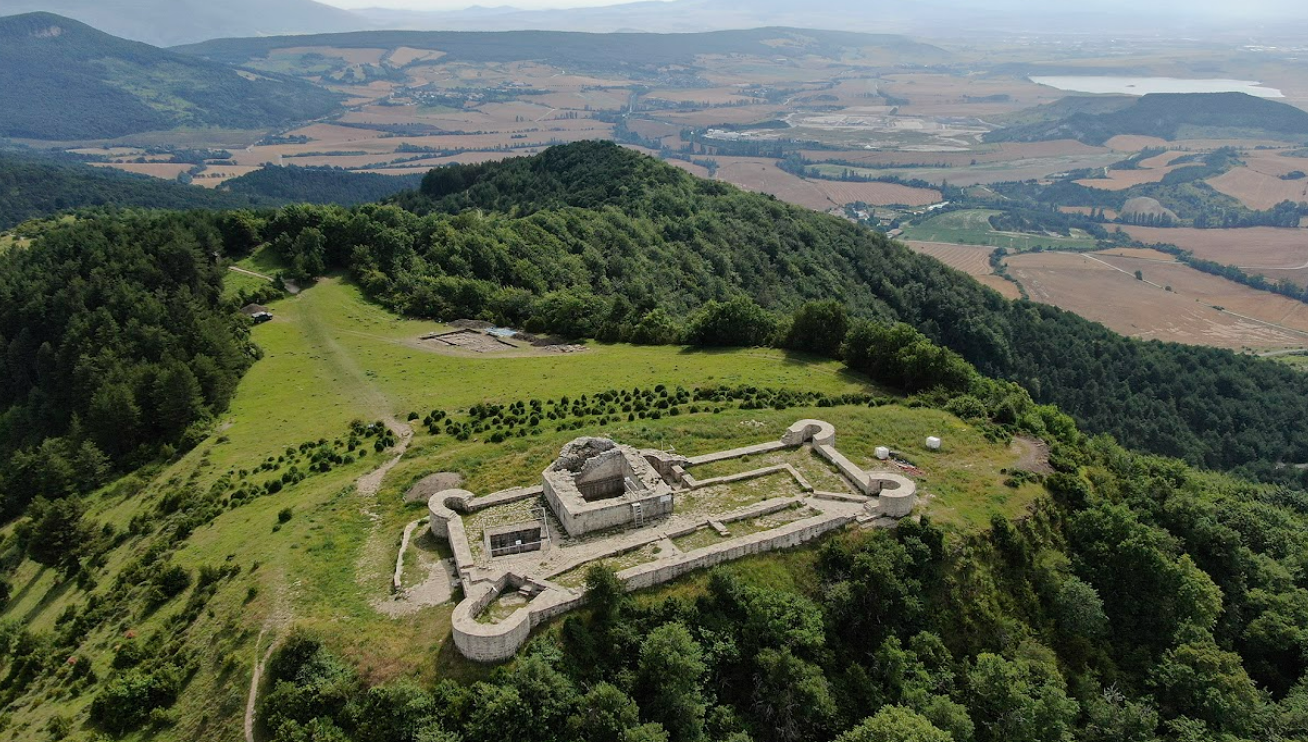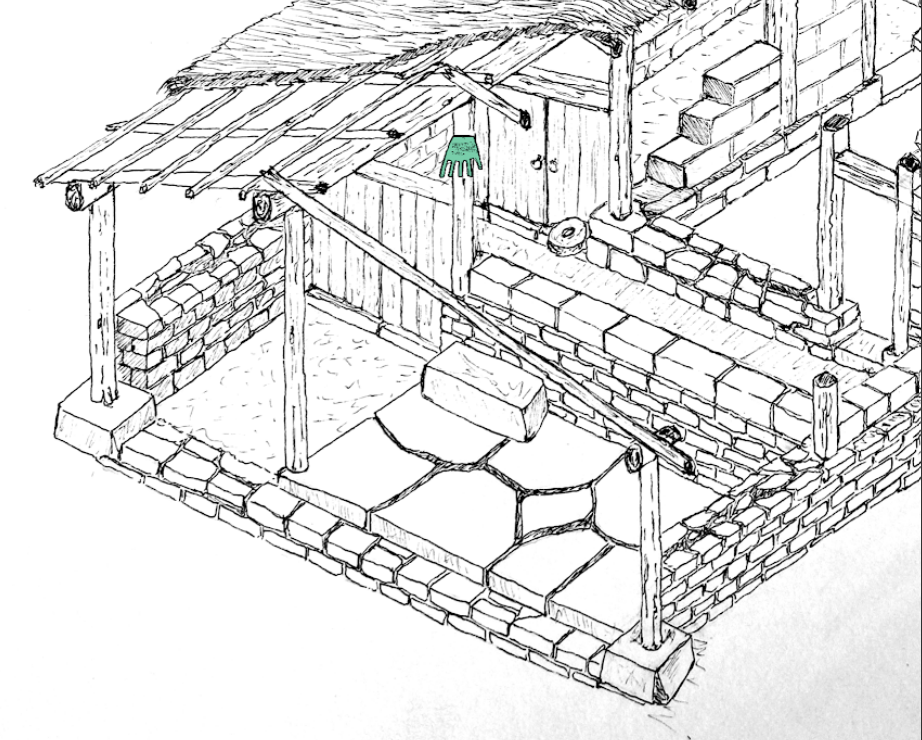An ancient bronze hand inscribed with a mysterious ancient language may help to illuminate the backstory of the Basque language, a fascinating “language isolate” that has no living relatives.
It’s said to be a “miracle” that the Basque language is still used today. It’s spoken by just under 1 million people who live in the Basque Country, a small pocket on the western edge of the Pyrenees mountains between the borders of France and Spain.
Basque is a freak of linguistics because it’s one of the last living descendants of the Palaeo-European language family, spoken before the arrival of Indo-European languages.
The now-dominant Indo-European language family links the overwhelming majority of languages spoken in Europe and significant portions of Asia, including everything from English and Spanish to Hindi and Russian. On its rise to dominance, the Indo-European languages stamped out most of the native Palaeo-European languages – yet, somehow, Basque survived.

A medieval castle and the Iron Age Irulegi settlement in the Ebro Valley in northern Spain.
Image credit: M. Aiestaran et al., Antiquity, 2024
While digging at the Irulegi Iron Age site of northern Spain in 2021, archaeologists unearthed a 2,100-year-old bronze artifact shaped like a flat palm of the hand.
The researchers came to realize it was inscribed in a Vasconic language, a family of languages that includes Basque and a handful of extinct languages.
A closer look revealed that the first word may be spelled in the Latin alphabet as “sorioneku” or “sorioneke”, which resembles the Basque word “zorioneko”, meaning “of good fortune”. The word is not written in true modern Basque, but it’s close enough to be considered a cognate of the language, meaning they derived from the same linguistic ancestor.
As the oldest and longest example of the Vasconic script, the inscribed hand holds the possibility of uncovering the hazy origins of Basque.
“The Irulegi hand is the only long written text retrieved to date, alongside several coins minted in the Vasconic territory,” Mattin Aiestaran, lead study author from the University of the Basque Country, said in a statement sent to IFLScience.
However, “the lack of other comparative texts makes it difficult to prove a direct link between the Vasconic language spoken at Irulegi and the present-day Basque language.”
“The discovery of the Hand of Irulegi has opened a new horizon to unravel the history behind the most enigmatic language still alive in Europe: the Basque language,” added Mikel Edeso Egia from the Aranzadi Science Society. “Unearthing this exceptional object has brought significant advances in the archaeological and linguistic worlds. But it has also opened up many new questions.”

Was the bronze hand used as a symbol of good luck?
Image credit: M. Aiestaran et al., Antiquity, 2024
A very similar bronze hand artifact was recently found in Switzerland over 900 kilometers (560 miles) away. As a first-of-its-kind discovery, the researchers were unsure about the significance of the object.
In the case of the Irulegi hand, its inscription has made it a little easier to interpret. The researchers believe the object was likely part of a ritualistic tradition in the area, perhaps used as a powerful symbol of good fortune that was hung outside a person’s home. Alternatively, maybe the object was intended as a gift to the pre-Christian god or goddess of fortune.
“The Irulegi hand must be considered as a well-integrated element within the cultural context of the settlement. The hand would have had a ritual function, either to attract good luck or as an offering to an indigenous god or goddess of fortune,” explained Aiestaran.
Whatever its meaning was 2,100 years ago, the artifact will hopefully prove to be a lucky find for researchers wishing to discover the family history of modern Basque.
The new study is published in the journal Antiquity.
Source Link: Mysterious Text On 2,100-Year-Old Bronze Hand May Point To Origin Of Basque Language